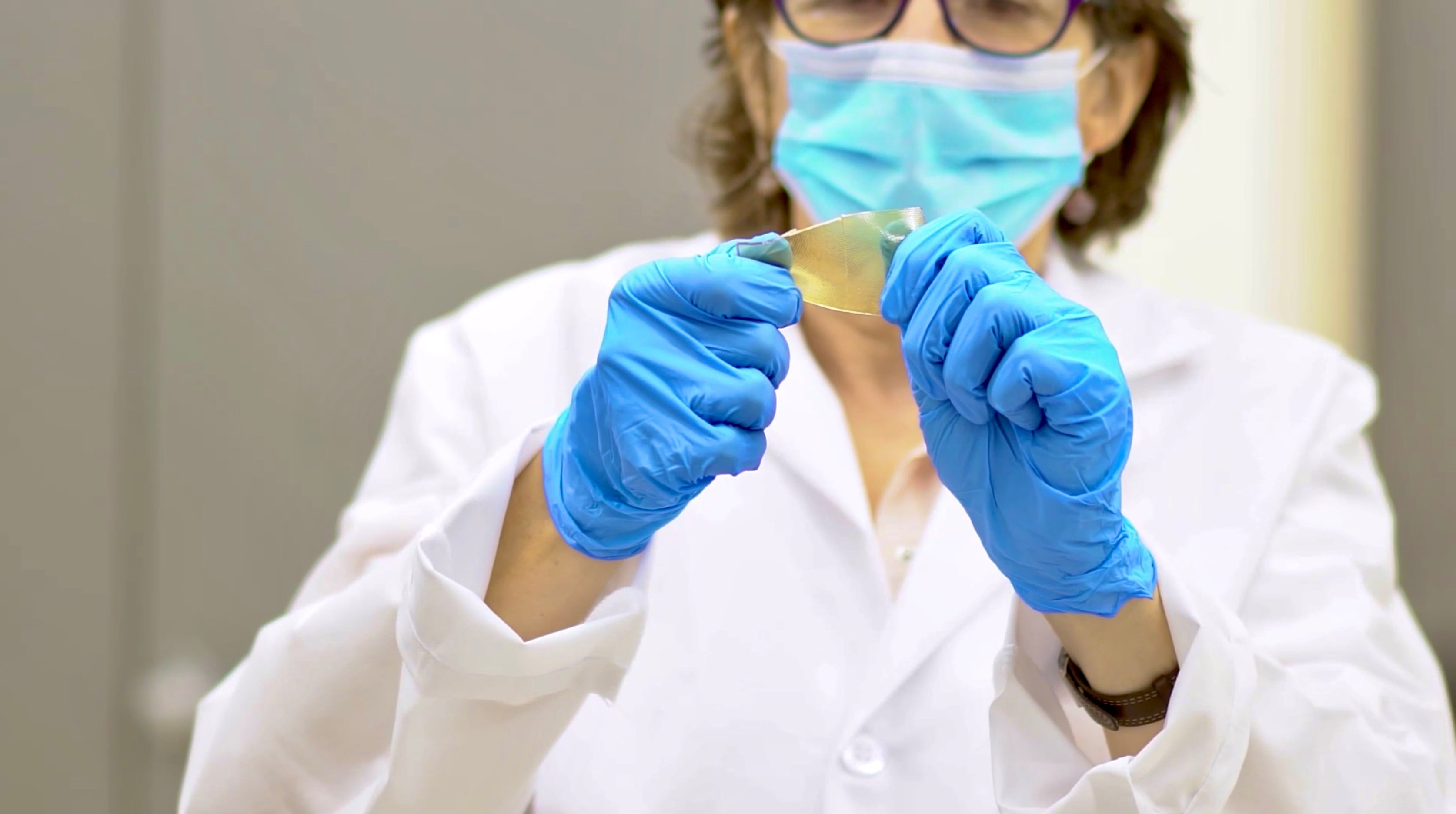A new color-coordinated method for detecting chemical exposure holds promise for speeding up vehicle decontamination and helping soldiers know they didn’t miss a spot.
The Army recently began fielding the Contamination Indicator/Decontamination Assurance System, or CIDAS, that contains a chemical agent disclosure spray. The spray was developed through Army, academic and small business work dating back two decades and has since been acquired by FLIR Systems Inc.
Dr. Alan Russell began research in the 1990s on ways to incorporate enzymes into polymers that could be used outside of a cell. Normally those enzymes can’t function outside of a living organism.
RELATED

That meant that though the enzymes might signal nerve agent contamination in a lab setting, it didn’t do much good in the highly contaminated combat areas with dust, grease, oil and sweat.
But with modifications, Russell was able to get them to work in polymers to sense chemicals in the real world.
Dr. Stephen Lee, senior scientist in the Army Research Office, told Army Times the research allows users to detect even trace amounts of nerve agent. The program is run through the Army Research Lab under the Combat Capabilities Development Command.
“Because the underlying chemistry uses enzymes to drive specific biochemical reactions, the technology is highly resistant to potential forms of chemical and environmental interference that might be problematic for conventional detection equipment,” according to an Army statement.
It has a “color-based” reaction, which means it’s easy for soldiers to spot where the most contaminated areas are to focus their decontamination and cleaning efforts.
Instead of wiping a surface or waving a monitoring device over every inch of a potentially contaminated vehicle or piece of gear, users can spray down the item and the colors visible to the naked eye indicate the next steps.
When applied, it goes on in a yellowish color, Lee said. After a certain amount of time it will turn red if there is contamination. If there is an extreme contamination it will turn black.
It is specific for neurotoxins. There are also projects in the works for blister agents such as mustard gas.
Some early versions were fielded previously to undisclosed units, Lee said.
The kit houses the chemical components in a pen-like device, which is a point-and-touch detection method, as well as a spray-based formulation of the same technology. They’ve also developed other ways to deploy the chemical detection.
The kits have been fielded to all 57 Army National Guard Weapons of Mass Destruction Civil Support Teams across the country, according to the Army statement.
The current version is applied to a surface, typically in a decontamination area when soldiers know there was a likely exposure and need to clean it.
But future versions are looking at air monitoring and water monitoring applications.
Todd South has written about crime, courts, government and the military for multiple publications since 2004 and was named a 2014 Pulitzer finalist for a co-written project on witness intimidation. Todd is a Marine veteran of the Iraq War.




